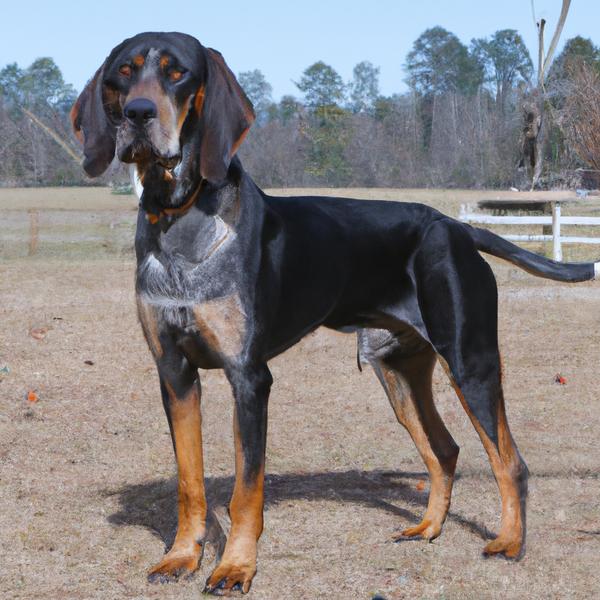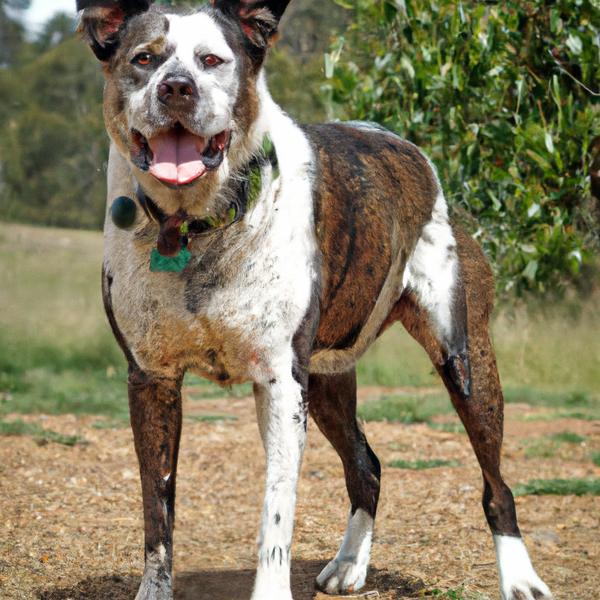Bluetick Coonhound vs. Australian Boxherd: Breed Differences and Similarities
Hypoallergenic
Are Bluetick Coonhounds or Australian Boxherds hypoallergenic, or neither?
Unfortunately, neither Bluetick Coonhound nor Australian Boxherd are hypoallergenic, which may not make them the best choice for dog lovers who suffer from pet allergies.
Temperament
What are the personalities of Bluetick Coonhound and Australian Boxherd dogs?
Friendly
Gentle
Active
Active
Playful
Loving
Energetic
Protective
Intelligent
Confident
Friendly
Affectionate
Loyal
Fearless
Good-natured
Brave
Bright
Shedding Level
Do Bluetick Coonhounds shed more than Australian Boxherds, or which breed sheds more, Bluetick Coonhounds or Australian Boxherds?
Bluetick Coonhound or Australian Boxherd dogs are not heavy shedders, but they will lose a significant amount of hair each year. To decrease the amount of shedding, you can regularly brush your Bluetick Coonhound or Australian Boxherd. This will remove loose hair and keep their coat growing in the same direction.
Watchdog Ability
Which dog breed makes a better watchdog, the Bluetick Coonhound or Australian Boxherd?
Bluetick Coonhound or Australian Boxherd breed are not the best choices if you want a good watchdog.
Ancestry
What are the origins of Bluetick Coonhound and Australian Boxherd breeds?
Foxhounds, Cur, French Hound, English Coonhound
Boxer, Australian Shepherd
Breed recognition
Which kennel clubs recognize/register Bluetick Coonhound and Australian Boxherd?
American Canine Registry
American Kennel Club
America's Pet Registry
Australian National Kennel Council
Canadian Kennel Club
Dog Registry of America Inc.
National Kennel Club
North American Purebred Registry, Inc.
United Kennel Club
American Canine Association, Inc.
DRA = Dog Registry of America, Inc.
Date of Birth
When were Bluetick Coonhound and Australian Boxherd breeds first developed?
1940s
Unknown
Litter Size
What is the usual litter size for Bluetick Coonhound and Australian Boxherd?
A Bluetick Coonhound can have a litter of 11-12 puppies on average. However, it's worth noting that the size of the litters can vary greatly. Factors that can influence litter size include the health of the mother, breeding history, and genetics.
An Australian Boxherd can have a litter of 6-9 puppies on average. However, it's worth noting that the size of the litters can vary greatly. Factors that can influence litter size include the health of the mother, breeding history, and genetics.
Adaptability
Bluetick Coonhound and Australian Boxherds are known for their adaptability and versatility. They are capable of adapting well to a wide range of lifestyle changes and living environments, making them great companions for families and individuals of all lifestyles.
Health Issues
Between Bluetick Coonhound and Australian Boxherd, which breed is more prone to health problems?
The Bluetick Coonhound is prone to health issues and requires regular check-ups with a vet to identify and treat any problems early.
While the Australian Boxherd breed is generally healthy, occasional vet check-ups are still necessary to address any health concerns.
Major Concerns
What are the major health concerns for Bluetick Coonhound and Australian Boxherd breeds?
Hip Dysplasia
Bloat
Cardiomyopathy
Hip Dysplasia
Subvalvular Aortic Stenosis
Collie Eye Anomaly
Minor Concerns
What minor health issues should be kept in mind when owning Bluetick Coonhound and Australian Boxherd?
Patellar Luxation
Cataracts
Epilepsy
Bloat
Nasal Solar Dermatitis
Pelger - Huet Syndrome
Iris Coloboma
Hypothyroidism
Occasional Tests
What occasional tests are recommended for Bluetick Coonhound and Australian Boxherd breeds?
Hip
Knee
X-Rays
Physical Examination
Eye
Blood
Blood Test
Heart
Skeletal
Skin Scraping
X-Rays
Energy
How do the energy levels of Bluetick Coonhounds and Australian Boxherds compare?
Bluetick Coonhounds thrive on an active lifestyle due to their high-energy nature.
Australian Boxherds' high energy levels make them unsuitable for a low-key dog, choose accordingly.
Social Needs
Bluetick Coonhound vs Australian Boxherd social needs comparison
Bluetick Coonhound has average social needs and is less independent than other breeds.
Australian Boxherd has very high social needs and requires regular mental and physical stimulation, a job or purpose, and companionship.
Exercise Needed
Bluetick Coonhound vs Australian Boxherd exercise need comparison.
Bluetick Coonhounds need high physical activity and are ideal for active individuals, but not suitable for sedentary lifestyles or small apartments.
Australian Boxherds need only a small amount of physical activity, ideal for busy or elderly people or those with limited space.
Sleeping Need
Which of the two sleeps the most/least: Bluetick Coonhound or Australian Boxherd?
Bluetick Coonhound and Australian Boxherd are active dogs that may not require as much sleep as other breeds. However, they still need enough sleep to stay healthy.
Tendency to Bark
Do Bluetick Coonhounds or Australian Boxherds bark more/less frequently?
Bluetick Coonhound dogs bark and howl frequently and are not recommended for quiet homes.
Australian Boxherds are typically quiet and only bark when needed, such as to alert their owner or when in distress.
Mouthiness
Mouthiness Comparison: Bluetick Coonhound vs Australian Boxherd?
Roaming urge
Bluetick Coonhound vs Labrador: Running away tendency?
Prey Drive
Bluetick Coonhound or Australian Boxherd - which breed has a higher level of prey drive?
Past times
What are some enjoyable activities and ways to keep Bluetick Coonhound and Australian Boxherd entertained?
Chase, Fetch, Walk, Go to Park, Catch treats, Play, Nose work, Eating Snacks, Catch, Sing, Coon hunting, Guard dog, Hike
Tug-of-war, Walk, Run, Hide & Seek, Frisbee, Trick, Cuddles, Nap, Swim, Running, Play, Play keep away, Fetch, Training, Walks, Toys
Tolerance of being left alone
Grooming
Which breed is easier to maintain in terms of grooming, Bluetick Coonhounds or Australian Boxherds?
The Bluetick Coonhound is a low-maintenance breed that doesn't require much grooming.
The Australian Boxherd has low grooming needs and is easy to maintain.
Intelligence
Comparing Intelligence: Bluetick Coonhounds vs Australian Boxherds
Bluetick Coonhound has below average obedience intelligence, but they excel in understanding human emotions.
Australian Boxherds are average in obedience intelligence but have a high IQ and may cause trouble if left unsupervised.
Sensitivity Level
How do Bluetick Coonhound and Australian Boxherd compare in sensitivity?
These dog breeds are particularly attuned to its environment and the emotions of those around it. Bluetick Coonhound and Australian Boxherd can be easily overwhelmed by loud noises, new environments, unfamiliar people, or animals. This dog breed is best suited for individuals or families who are patient, gentle, and understanding of its sensitive nature. It may also benefit from a calm and stable home environment, with a consistent routine and plenty of positive reinforcement training.
Affection Dependance
Which is the more affectionate dog breed: Bluetick Coonhound vs Australian Boxherd?
Apartment Friendly
Which breed is more apartment-friendly: Bluetick Coonhound or Australian Boxherd?
The Bluetick Coonhound is not suitable for apartments and requires a large yard to thrive. Pent-up energy in small spaces can lead to destructive behavior.
The Australian Boxherd is a great apartment dog, thriving with sufficient exercise and time outside as part of their daily routine.
Child Friendly
Do Bluetick Coonhounds or Australian Boxherds have a friendlier temperament towards children?
Bluetick Coonhounds are good with kids if socialized and trained from a young age.
Australian Boxherds make excellent family pets for kids due to their gentle, protective nature and calm temperament.
Senior-friendly
Which dog is more suitable as a pet for the elderly - Bluetick Coonhound or Australian Boxherd?
Cat Friendly
Do Bluetick Coonhound or Australian Boxherd breeds have a better compatibility with cats?
Bluetick Coonhounds and Australian Boxherds are an average cat friendly dog. They do well with cats, even more if raised together from puppyhood.
Dog Friendly
Which breed is more sociable with other dogs: Bluetick Coonhound or Australian Boxherd?
Bluetick Coonhounds are generally very friendly towards other dogs, with a happy and affectionate temperament.
Australian Boxherds are average in their friendliness towards other dogs, and socialization can help.
Pet friendly
How do Bluetick Coonhound or Australian Boxherd dogs interact with other pets?
Stranger Friendly
Which breed is more friendly with strangers: Bluetick Coonhound or Australian Boxherd?
Bluetick Coonhound and Australian Boxherd are average friendly around strangers. They can be wary around strangers and a little standoffish, so early socialization is key to ensure they are comfortable around new people.
Playfulness
Which breed is more playful between Bluetick Coonhound and Australian Boxherd?
Bluetick Coonhounds have an average level of playfulness, enjoying playtime like most dogs but not excessively so.
Australian Boxherds are very playful, so adopting an older one might be a better option for a more relaxed experience.
Trainability
How do the trainability levels of Bluetick Coonhounds and Australian Boxherds compare?
Bluetick Coonhound and Australian Boxherd dogs are known for their ease of training and ability to learn quickly, making them a popular choice for pet owners and trainers alike.
Compare Bluetick Coonhound with other breeds
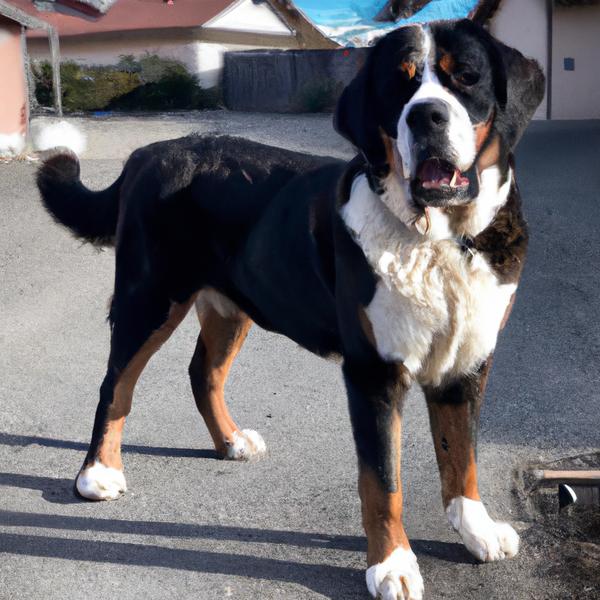
Saint Berxer
Bluetick Coonhound vs Saint Berxer
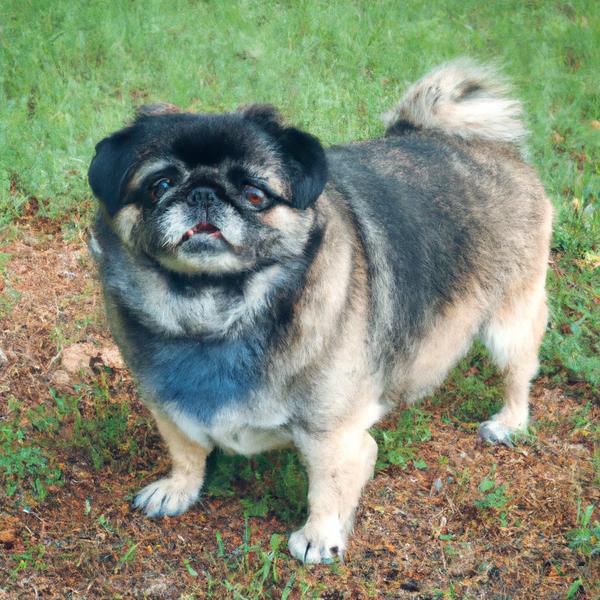
Sheltie Pug
Bluetick Coonhound vs Sheltie Pug

Boston Lab
Bluetick Coonhound vs Boston Lab
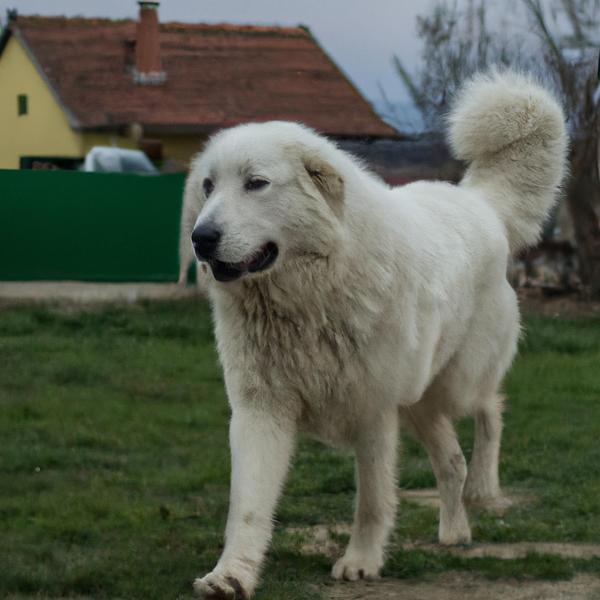
Kuvasz
Bluetick Coonhound vs Kuvasz

Daug
Bluetick Coonhound vs Daug
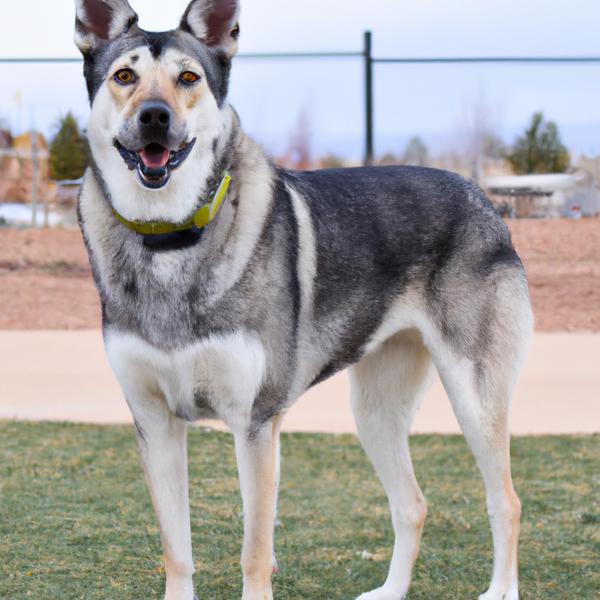
Chinook
Bluetick Coonhound vs Chinook
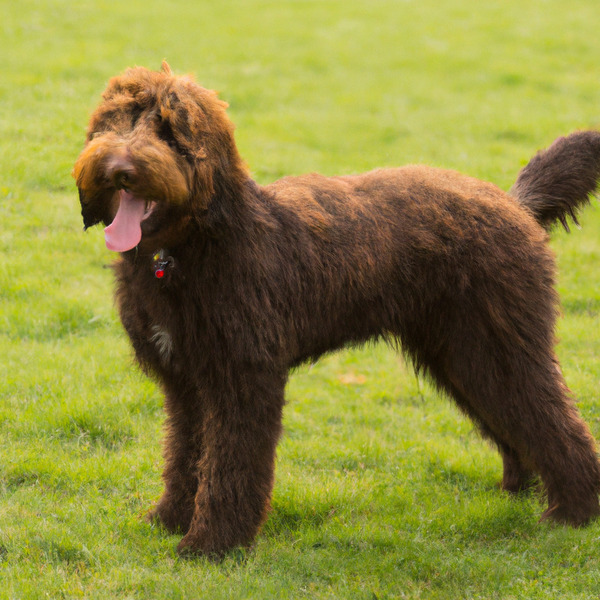
Labradoodle
Bluetick Coonhound vs Labradoodle
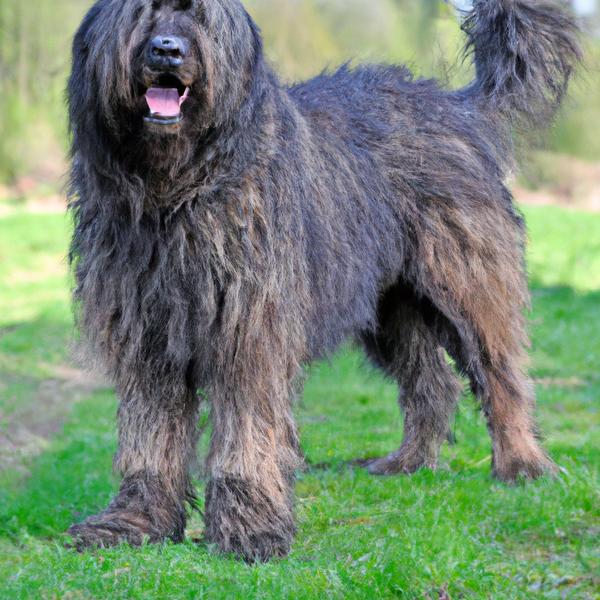
Bergamasco Shepherd
Bluetick Coonhound vs Bergamasco Shepherd

Pom-Kee
Bluetick Coonhound vs Pom-Kee
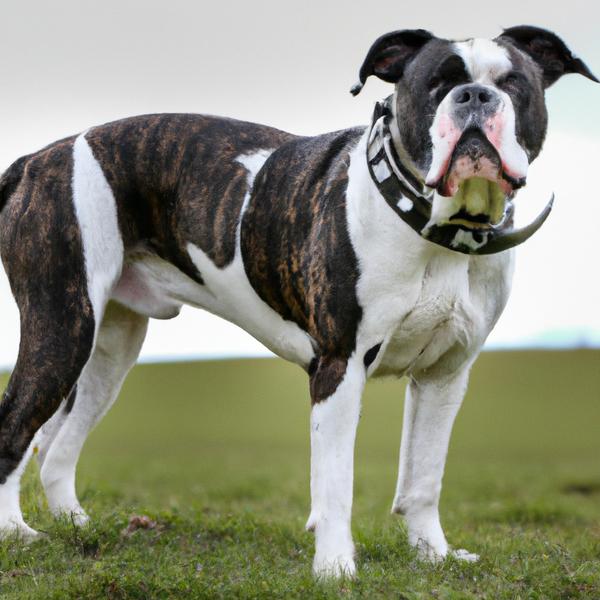
English Bull Springer
Bluetick Coonhound vs English Bull Springer
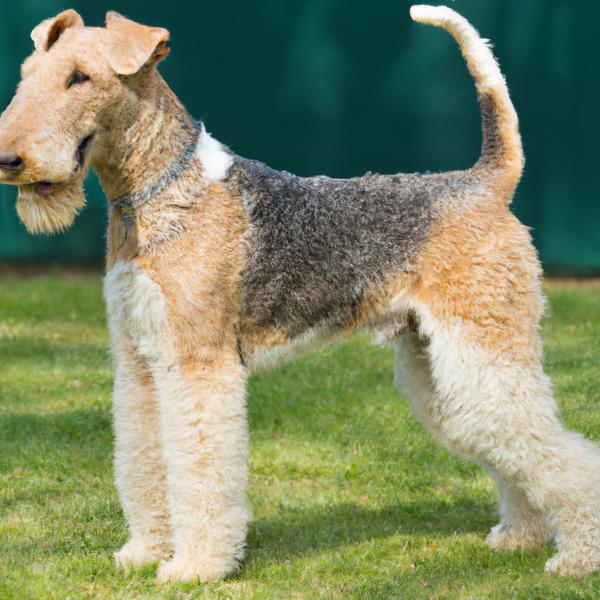
Welsh Wire Fox Terrier
Bluetick Coonhound vs Welsh Wire Fox Terrier
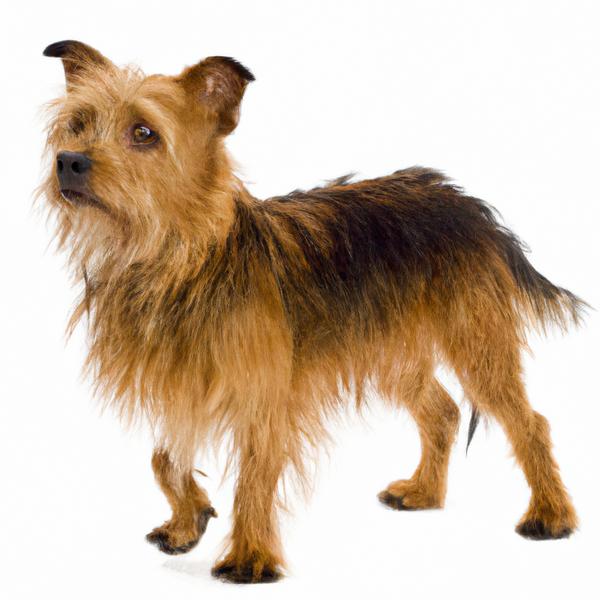
Aussie Silk Terrier
Bluetick Coonhound vs Aussie Silk Terrier
